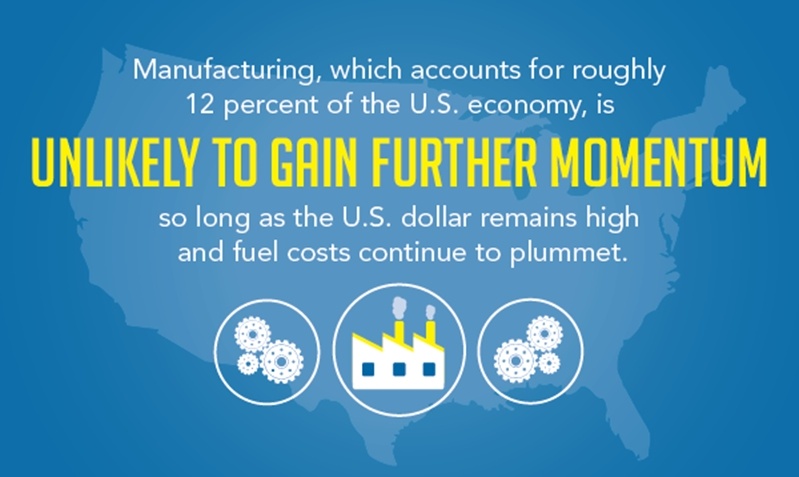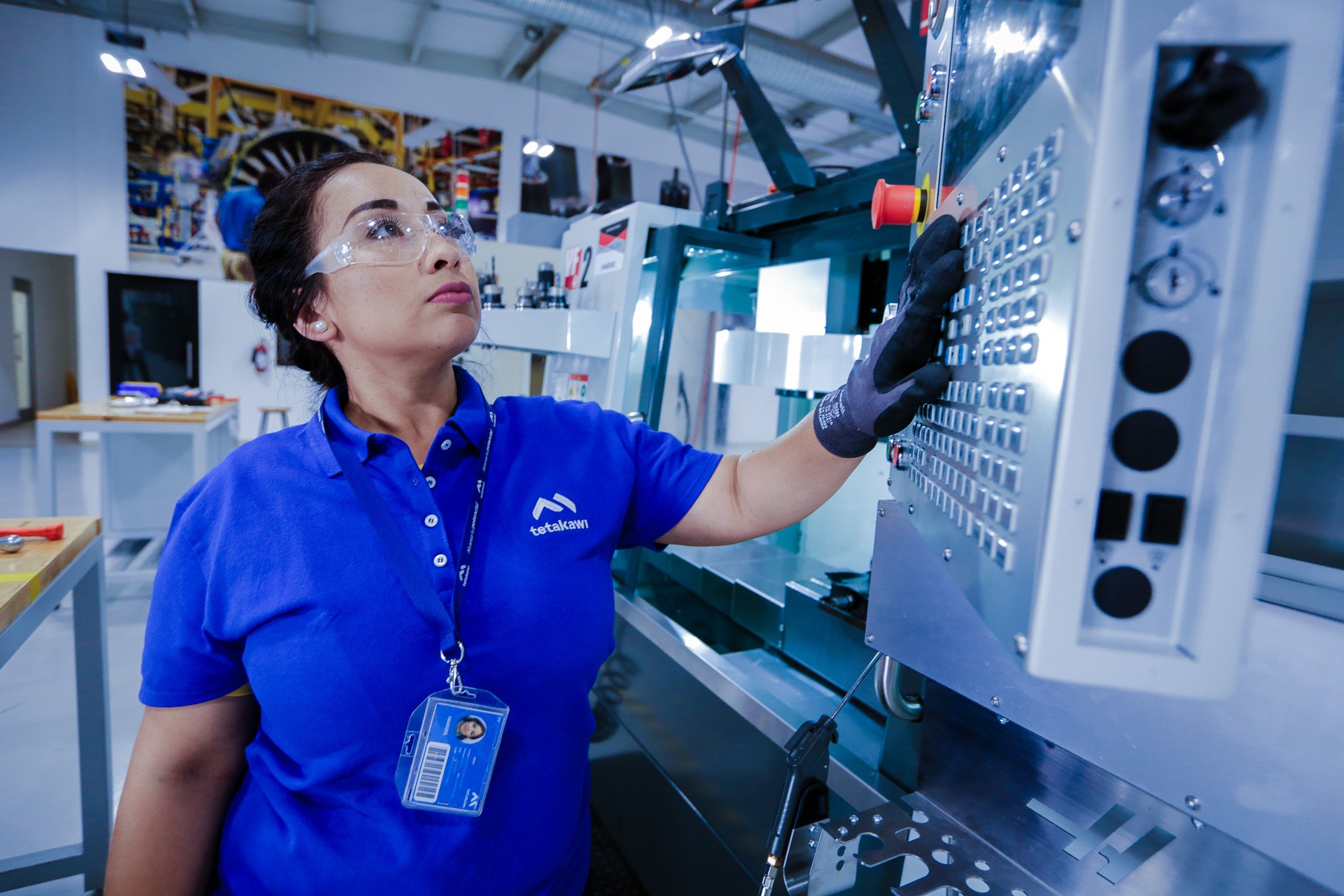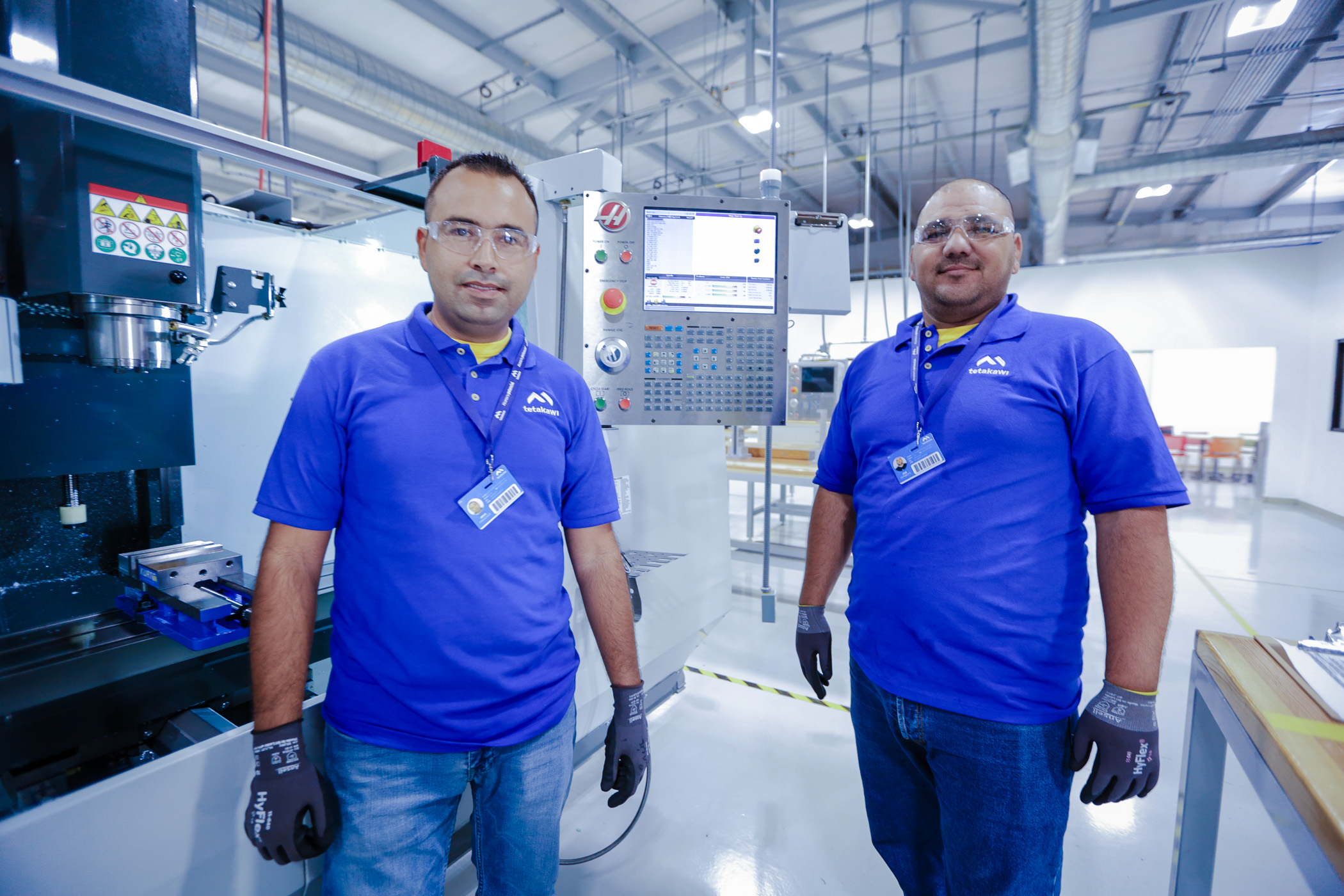Data released by the U.S. Department of Commerce revealed industrial production recorded its biggest decline in more than a year and a half, despite increased spending by Americans on cars, restaurant meals, groceries and clothing in August.Automotive manufacturing declined in August, which contributed to the 0.5 percent fall in manufacturing production overall. Production of computers, airplanes and furniture also fell
Experts believe the weakness of the U.S. manufacturing sector is a trend,The New York Times reported, and Michelle Girard, an economist at RBS securities, agrees.
"Looking through the swings in auto assemblies, the ongoing weakness in manufacturing is evident," Girard said. "Manufacturing is now the weakest sector of the U.S. economy, faced with head winds of a stronger dollar and weaker global growth."
 The decline of the U.S. manufacturing sector is largely attributed to the rise of the U.S. dollar.
The decline of the U.S. manufacturing sector is largely attributed to the rise of the U.S. dollar.
A strong dollar is a barrier to exports
Even with a small increase in auto production earlier in March, the rising U.S. dollar has been a challenge for U.S. manufacturers to overcome. As Bloomberg Business reported, manufacturing, which accounts for roughly 12 percent of the U.S. economy, is unlikely to gain further momentum so long as the U.S. dollar remains high and fuel costs continue to plummet.
Furthermore, the rising U.S. dollar, which invariably has a major effect on the cost of exports, adds the offshoring advantages of manufacturers moving their operations to other locations. As a result, many U.S. companies are moving their auto production facilities to Mexico. This explains why even though production has fallen in the U.S., purchases are still on the rise.
The role of NAFTA
Beyond the dollar, manufacturing in Mexico is more economically feasible due to the country's participation in the North American Free Trade Agreement. With more than 44 free trade agreements, companies can export goods and finished products cheaply. Additionally, companies that choose to move only a portion of their operation to Mexico, such as final assembly, can benefit from lower labor costs and leverage Mexico's free trade agreements while also benefiting from enhanced supply chains due to the country's proximity to the U.S.
While much of the decline in the U.S. manufacturing sector can be credited to seasonal factory shutdowns during summer months, most companies will continue to see the advantages of moving their operations offshore, which ultimately has reciprocal benefits for both economies as well as the companies that manufacture there.
Subscribe
Sign up and stay informed with tips, updates, and best practices for manufacturing in Mexico.





